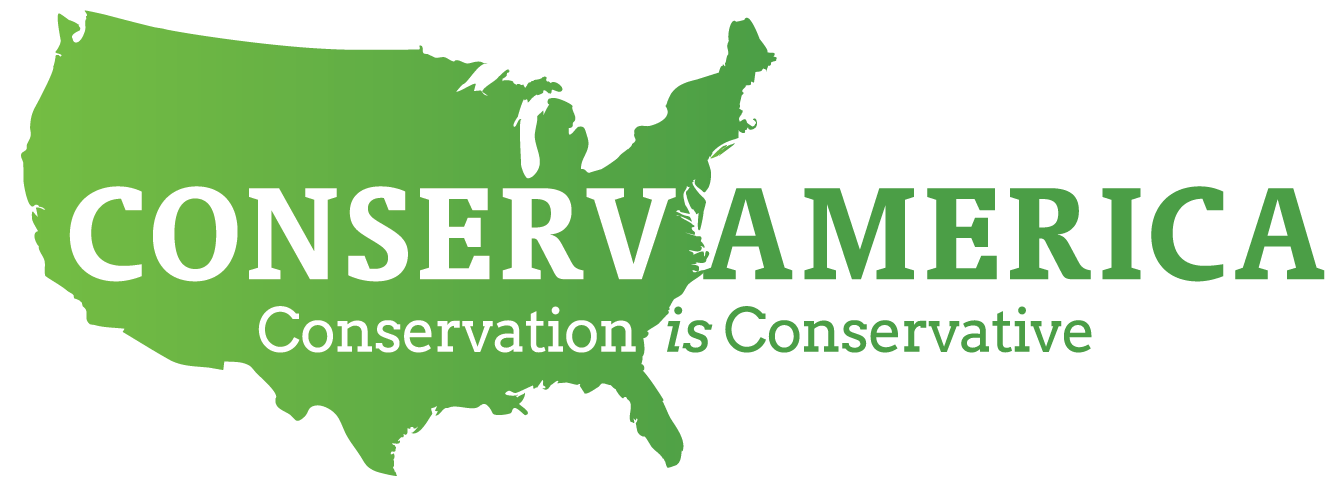Wyoming Launches Wildlife Migration Corridors In Partnership with Private Landowners
Wyoming Gov. Mark Gordon recently announced a new partnership with federal land management agencies to support the voluntary creation of big game migration corridors on private working land. Gov. Gordon’s approach aligns with recommendations for conservation policies that provide incentives for private landowners to participate that ConservAmerica provided the Biden administration on its America the Beautiful initiative.
ConservAmerica supports Wyoming’s approach to designing and implementing wildlife migration strategies to conserve wildlife and protect migration corridors. We applaud Gov. Gordon and the Biden administration for taking a balanced, science-based approach to managing wildlife corridors that recognizes the importance of private landowners in creating sustainable solutions.
The collaboration-based strategy Gordon implemented through an executive order in February 2020 is twofold: It’s designed to advance conservation on public and private lands to support wildlife populations while simultaneously enhancing the economy by abiding by private land owner rights and preserving multiple-use opportunities across landscapes.
The partnership with the U.S. Departments of the Interior and Agriculture is designed to improve outcomes for wildlife, respect private landowner rights and preserve multiple-use opportunities.
The program will make use of a diverse set of Farm Bill programs and dedicated federal funding sources to support voluntary conservation of private working lands to safeguard migratory big game populations in the Cowboy State.
ConservAmerica and other members of the Hunt Fish 30x30 Coalition submitted formal comments to the Federal Register regarding the American Conservation and Stewardship Atlas, a component of the Biden administration’s America the Beautiful Initiative, also referred to as “30x30.” Among those recommendations was advice to collaborate with states like Wyoming and private landowners to achieve measurable biodiversity conservation objectives through incentive-based programs.
“State and local stakeholders are in an ideal position to balance the needs of the region with effective practices that protect and enhance wildlife habitats,” ConservAmerica President Jeff Kupfer said at the time. “We caution against imposing more top-down federal regulations and urge the administration to collaborate with private landowners as well as state and local stakeholders in order to be good stewards of our environment.”
The Hunt Fish 30x30 Coalition’s recommendations reflect the priorities first outlined in the “Hunting and Fishing Community Statement on the 30x30 Initiative” that was developed in response to “Thirty by Thirty” legislation introduced at the state level in 2020.Wyoming’s Sage Grouse, Invasive Species, and Mule Deer initiatives are models of how federal agencies can work with states to recognize the stewardship contribution of private landowners.
It is critical that efforts to conserve migration corridors transform wildlife from an economic liability into an asset for the private landowners who provide essential habitat. Corridors on federal land begin and end somewhere, and more often than not it is on private land.
For more information about Wyoming’s migration initiative, check out the University of Wyoming website.
